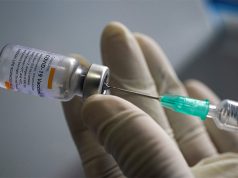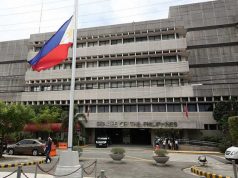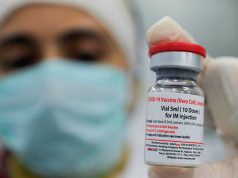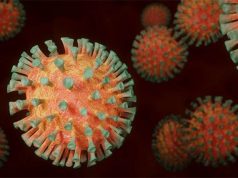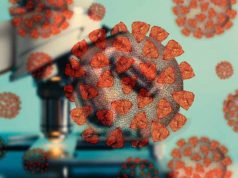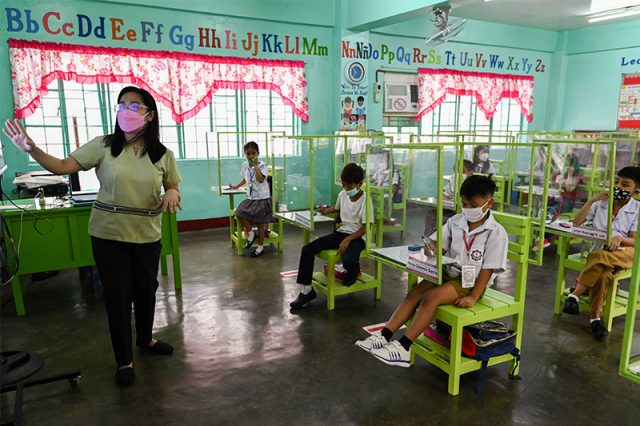
The wearing of face masks can protect children from respiratory illnesses aside from COVID-19.
Two pediatric organizations on Tuesday made this emphasis in their joint reaction on the optional masking in indoor school settings.
Earlier, President Ferdinand Marcos Jr. signed Executive Order No. 7 that allowed the voluntary use of face masks in indoor and outdoor settings.
This ease in the longstanding mask-wearing policy applies to students who have just returned to face-to-face classes in August and last week.
RELATED: Pinoy parents fret over DepEd rule on optional face masks in classrooms
These changes in the minimum preventive protocol against COVID-19 prompted the Philippine Pediatric Society (PPS) and the Pediatric Infectious Disease Society of the Philippines (PIDSP) to issue a joint statement about the importance of face masks to children in schools.
“Correct and consistent mask use by all students, teachers, staff and visitors is particularly important when physical distancing cannot be maintained,” the statement reads.
To highlight the important role of face mask use on children’s health, the societies listed the following diseases that the face accessory can prevent aside from COVID-19:
- Influenza
- Respiratory Syncitial Virus
- Rhinovirus
They also noted that children who are infected with COVID-19 are at risk of experiencing serious complications even with mild infections.
PPS and PIDSP cited the Multisystem Inflammatory Syndrome in Children (MIS-C) as an example of a possible severe complication.
MIS-C causes severe disease and coronary artery aneurysms.
“A well-fitting mask reduces the chance of contracting COVID-19 and its possible consequences, and likewise helps prevent spreading the infection to others,” they said.
PPS and PIDSP also pointed out that many children in the Philippines remain unvaccinated despite being highly recommended by the health department.
This puts students more at risk of contracting the disease and spreading it to others.
“COVID-19 vaccination is currently recommended for children ages 5 years old and above, with boosters recommended for those 12 years of age and above,” they said.
“Despite being highly recommended, vaccination is not mandatory, leaving a considerable number of unvaccinated children who are susceptible to the disease. Thus, given the continued risk of transmission in school settings, a high level of infection prevention and preparedness in these settings must continue,” they added.
RELATED: Wind engineer shares tips on how schools can manage COVID-19 cases
Suggestions of both societies
PPS and PIDSP recommended the wearing of face masks among students, teachers and other individuals inside schools amid the still-prevailing threat of COVID-19.
“The PPS and PIDSP reiterate that while there are profound benefits of in-person learning, the threat of COVID-19 among vaccinated and unvaccinated children persists, and so wearing of face masks in indoor school facilities must be continued to decrease the risks of SARS-CoV-2 transmission,” they said.
They also listed the following additional recommendations for the optimal protection of school communities:
- Optimizing ventilation
- At least three feet of physical distance between students in classrooms
- Handwashing and respiratory etiquette
- Staying at home if they feel sick and then getting tested
- Cleaning and disinfection
- Management of cases and high-risk activities
“We call on the whole community to keep schools safe and protect students, teachers, staff, visitors, and other members of their households, and as such fully support in-person learning,” they said.
Several concerned Filipinos also previously raised the appearance of a new variant and subvariant of COVID-19.
Health organizations are currently monitoring the Omicron XBB subvariant and the XBC variant in different parts of the world.
RELATED: Calls to continue masking indoors made as gov’t set to ease policy




